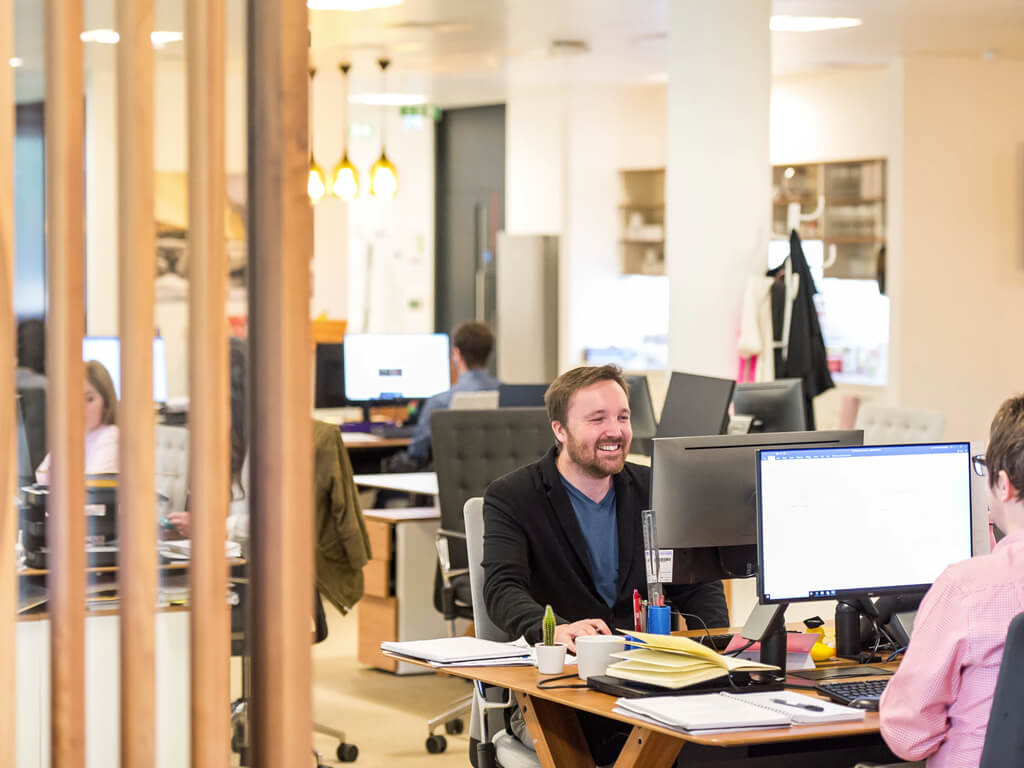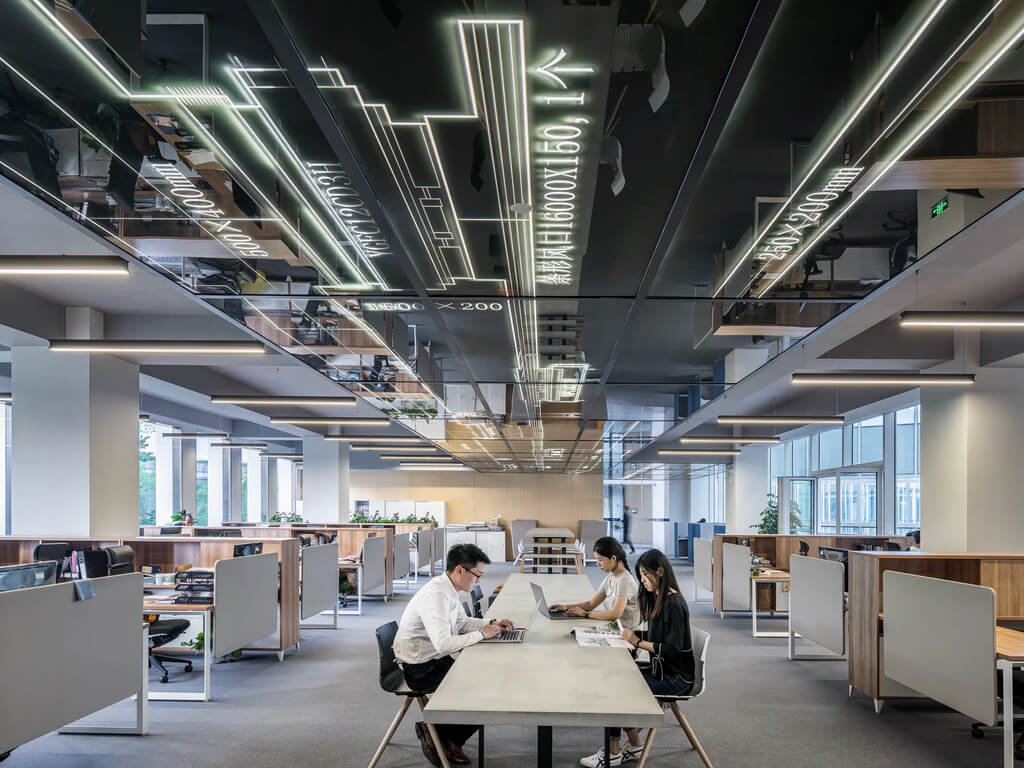
Designing the Future of Technology
Software design is more than just code—it’s the foundation for building innovative solutions that solve real-world problems. Here at EvoNex, we’re passionate about sharing insights, tutorials, and case studies that empower you to design the future of technology. From responsive design tips to exploring the role of AI in software development, our blog covers everything you need to stay ahead in the ever-evolving software industry. Let’s innovate together!










Great blog post! How do I decide which software design methodology (e.g., Agile, Waterfall) is best for my project?
Lynda Small Reply
Great observation! Agile development emphasizes iterative progress, which aligns closely with user feedback and design improvements. It allows designers to prototype, test, and refine interfaces quickly, ensuring the final product is both functional and user-friendly. We’re planning a detailed post on this soon—stay tuned!